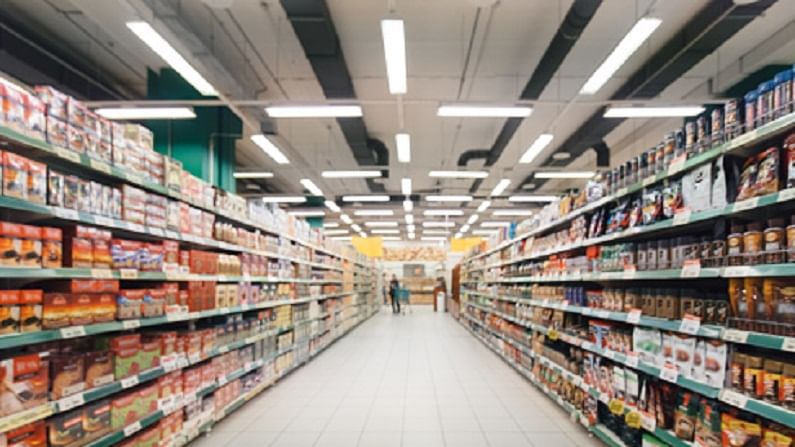FMCG firms beat Covid blues, exceed pre-pandemic levels
Individual sales of sectoral leaders, Hindustan Unilever and ITC, exceed pre-pandemic levels

The Indian economy, battered and bruised by Covid-19, is showing signs of recovery, and one of the sectors that have shown maximum resilience is the fast-moving consumer goods (FMCG). Going by early estimates and figures, a steady recovery is seen in the sector and individual companies have reported sales that exceed pre-pandemic levels.
Impact of lockdown
The nationwide lockdown that was imposed in March 2020 had severely dented the FMCG sector. Despite a sharp hike in sales triggered by panic buying, profitability had taken a huge hit. Leading manufacturers saw sectoral revenues being dragged down. The same happened during the second wave of Covid-19 had hit, between April and June 2021.
Retail activities were badly hit owing to the pandemic-induced lockdown and suspension of transport services.
Big players
As per HDFC Securities, the patterns of consumer buying were more disciplined in the second wave of Covid-19. Enhanced penetration, efficient supply chains, and a targeted push for relevant products, coupled with an aggressive push for digital transactions, helped them in minimising.
This is reflected in the trends of two of the largest players in the FMCG space, Hindustan Unilever and ITC.
Hindustan Unilever succeeded in exceeding the revenue of the June quarter of 2019, owing to strong sales and higher volumes. Its net sales last year were higher than that of 2019, post its acquisition of GSK’s consumer business which enhanced its top line.
ITC’s net sales exceed June 2019 levels by 12.5%, after it was hit by a double-digit fall last year. Two of its biggest segments, hotels, and cigarettes, continue to be hit by pandemic-related issues. Revenues from its hotel business are 68% lower than the pre-Covid times and the cigarette business is suffering due to lockdowns.
Packaged food giant Nestle India reported a 14% year-on-year growth in its sales figures which stood at Rs 3,462 crore as compared to Rs 3,073 crore in June 2019 quarter. The company posted a 10.6 % growth in profit which stood at Rs 538.58 crore as compared to Rs 486.6 crore in the same quarter in 2020.